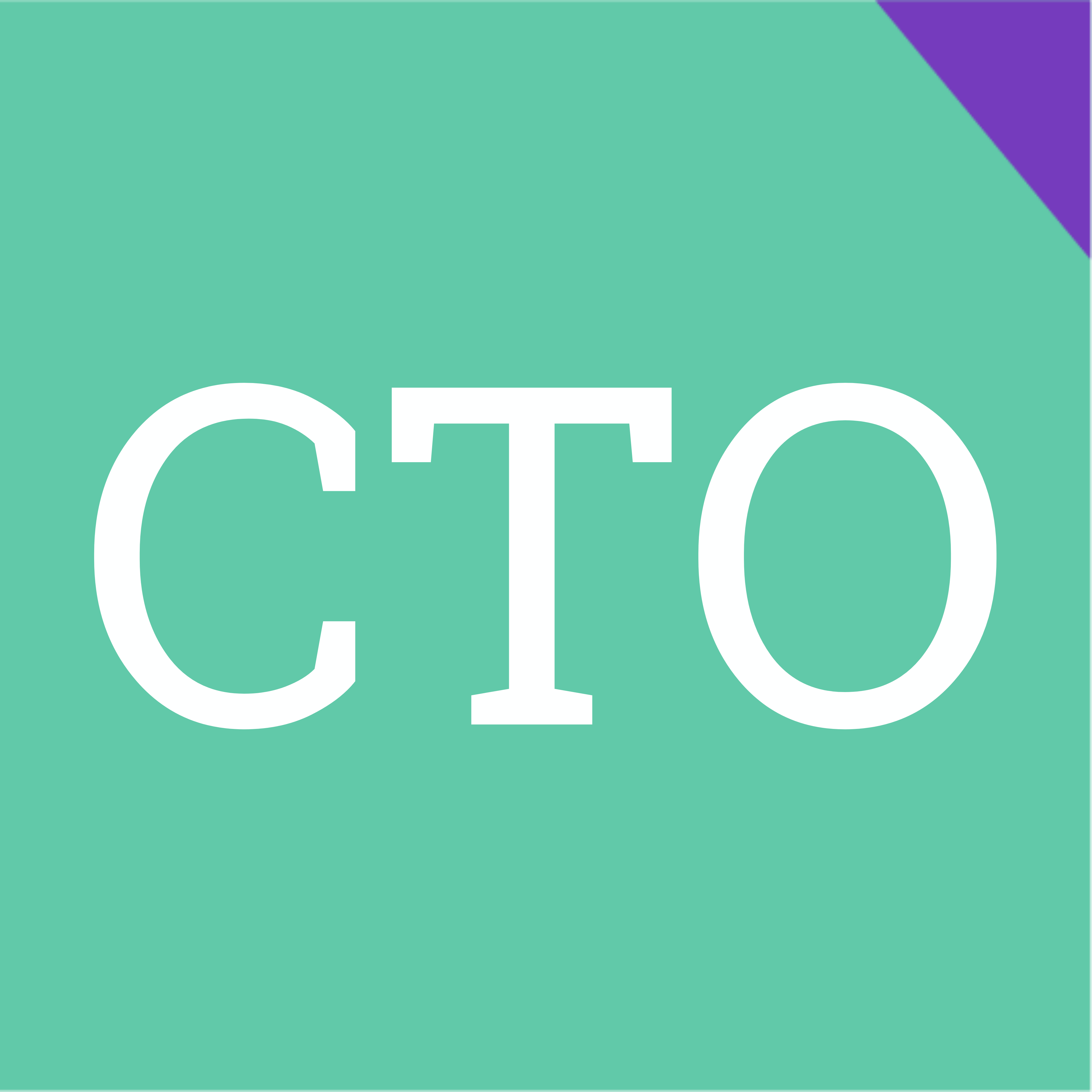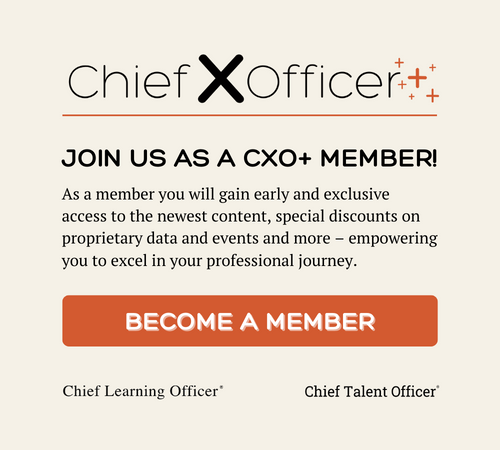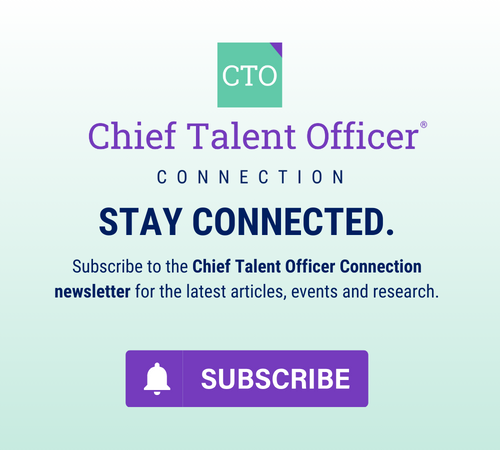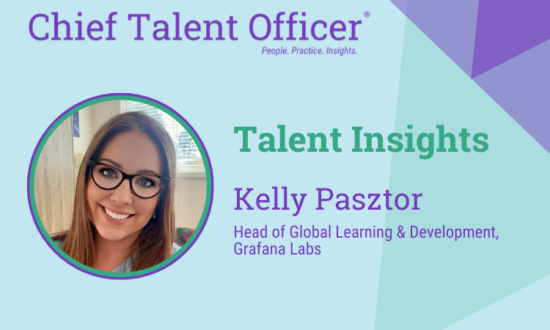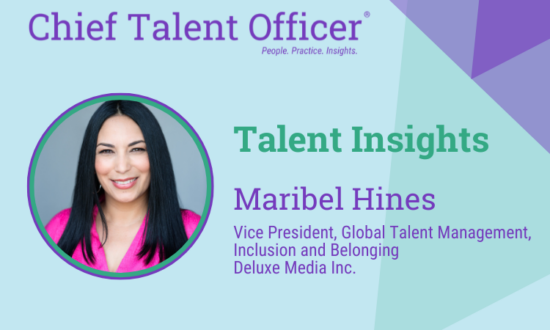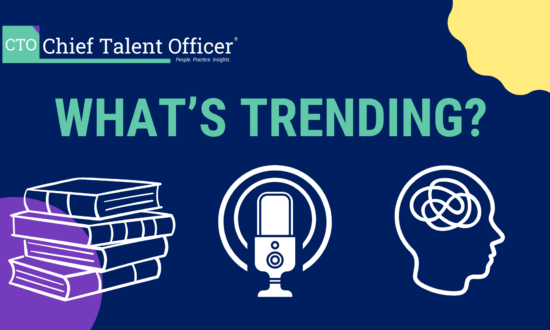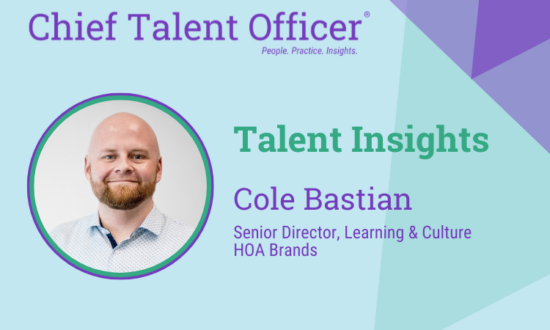When employers think of effective ways to retain talent they often think of no-brainers like offering competitive pay, a diverse range of benefits and an unmatched work/life balance. While these are important aspects, there is a crucial factor that ties directly to a higher form of the human condition that employers overlook without fail: belonging.
Sure, employers can boast about their company culture — the fun, collaborative environments organically created over time — but belonging, while influenced by culture, is inherently different. It’s deep seated, central to one’s identity, and directly tied to one’s intrinsic motivation.
That said, the most powerful way a company can retain its talent is to spark an undeniable desire within their employees that makes them want to stay. Learning and development teams are perfectly positioned to make this a reality if they are willing to temporarily disconnect from the technicalities of training design and adult learning theory and reconnect with the fundamentals of the human experience. When done correctly, this will lead to learning environments that give all employees the opportunity to contribute to the company’s “greater good,” while also allowing them to feel appreciated and valued by others.
This takes risk. Training teams have to be courageous enough to let go of some, if not most, of the content creation process and hand it over to employees, not just SMEs. They must trust that their employees have the knowledge, focus and wherewithal to construct meaningful content for others to consume. They must believe their employees can and will facilitate trainings with skill, confidence and tact. When L&D teams do these things, they empower their workforce to imagine, engineer and share their own lived experiences through training.
But what does this look like in action? Here are three employee-driven training events that worked beautifully for organizations of varying sizes:
- Week of learning (virtual/in-person): This event invites the company’s workforce to voluntarily share their technical knowledge or personal passions with other employees. These can range from topics that strengthen business acumen to personal hobbies like baking, gardening and yoga. Not only does this event develop both the personal and profession sides of employees, it also fuels connection as participants bond over topics that match their mutual interests. All content is designed and curated by employees — think Facebook and Instagram for L&D.
- Passport to cultural awareness (virtual only): This experience invites employees from around the world to facilitate hour-long breakout sessions that cover their specific region’s corporate customs or cultural traditions. The event celebrates the differences that exist among a global team and fuels connection by encouraging employees to have authentic conversations about their lived experiences to help others feel seen, heard, and most importantly, understood. Designed to have a “happy hour” feel, employees are invited to jump freely from session to session just as they would casually wander about a room at an in-person party.
- Gallery walks (in-person): This learning experience works best in tandem with large-scale meetings because it invites employees to peruse table displays, or “booths,” set up and manned by employees-turned-volunteer instructors before or after the meeting. For example, a SaaS company’s Gallery Walk might include booths set up to introduce and demo the new features of its latest product release after the CEO highlighted them at the meeting. This learning experience deepens one’s connection to the company by enabling instructors to explore areas of the business they’re particularly passionate about, to feel valued by others through their knowledge sharing and to form new friendships with those they wouldn’t normally interface with.
Because learning events like these put the onus of instructional design, content creation and facilitation on employees, L&D’s oversight of it all becomes crucial. The training team must partner with other areas of the business to promote the event and its need for volunteer instructors. They must organize and support these volunteer instructors from their course’s inception to its delivery by running “quality assurance” check points that focus on training design and delivery best practices prior to each event. For on-site experiences L&D may have to work with the company’s event planning team and/or building managers to procure space and equipment. And they may have to partner with its HRIS team to build a site on its intranet for virtual experiences.
Whatever the needs are, the big takeaway is that none of the three learning experiences have anything to do with sterling compensation or benefits packages and everything to do with enabling and inspiring people to bring their best, most authentic, selves to work. After all, talent retention lies at the intersection of employee belonging and value. People stay with companies when they feel seen, heard and appreciated by others. They gain an undeniable sense of personal fulfillment when given opportunities to move beyond the confines of their role’s responsibilities and contribute to the greater good of the company and its people.
L&D is primed to support both if it musters the courage to relinquish some of its control over the content design process and lean into the diverse talents and experiences of others. When done correctly, the entire organization learns to walk in lock step down the unbeaten path of employee-owned and generated content that not only brings it closer to achieving its mission and vision, but also rewards its employees with the invaluable gift of self-actualization and human connection.

